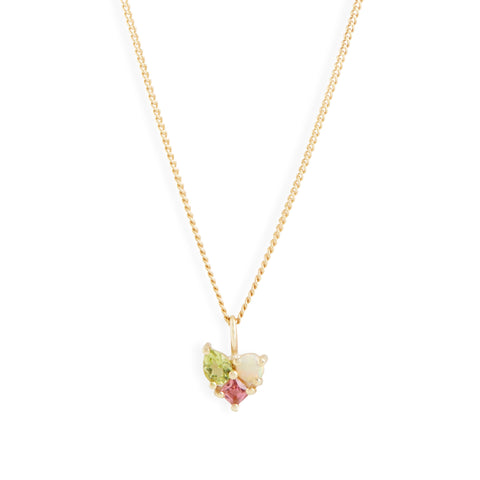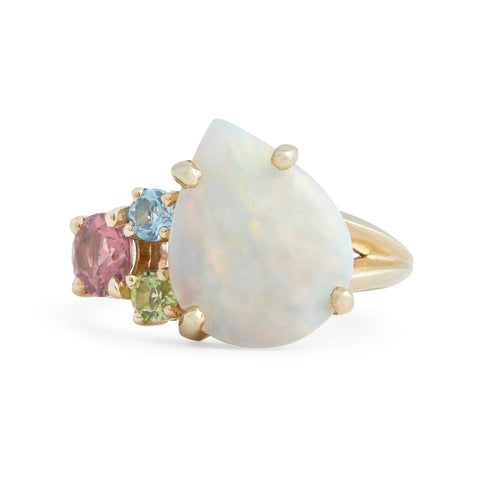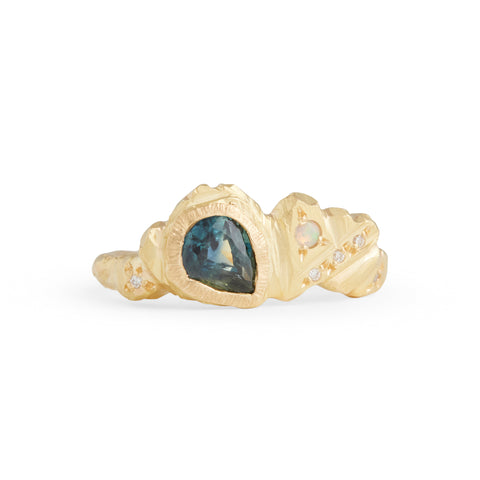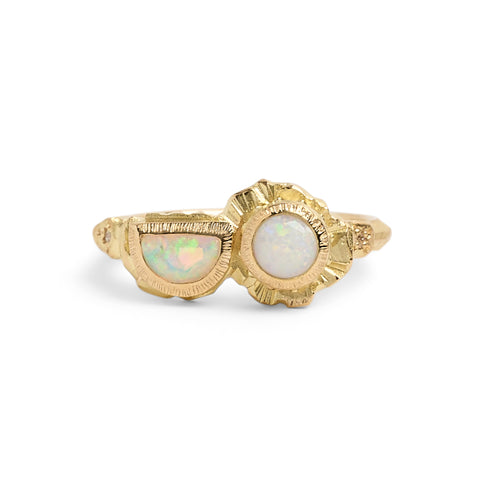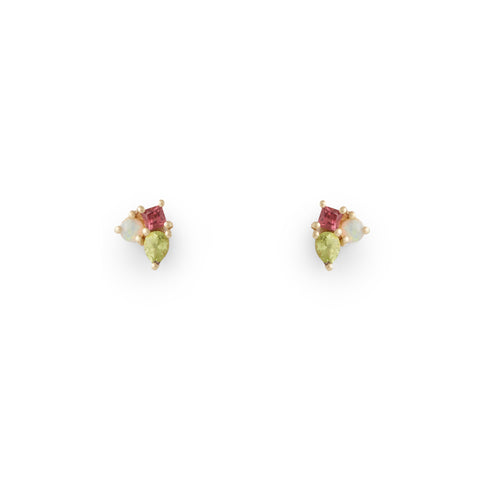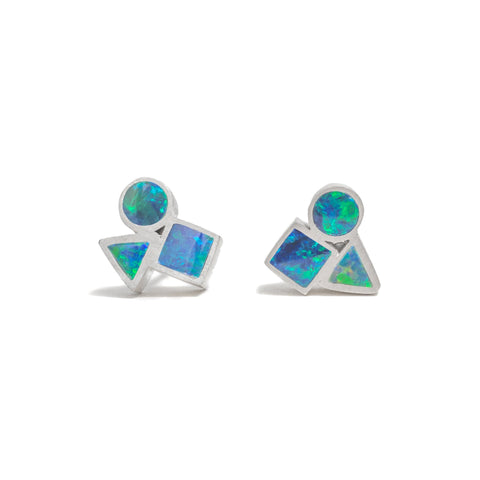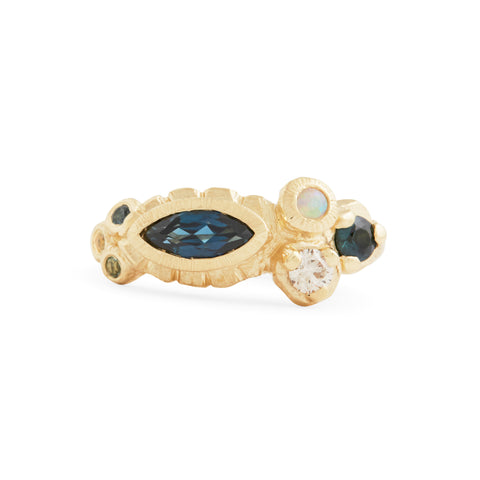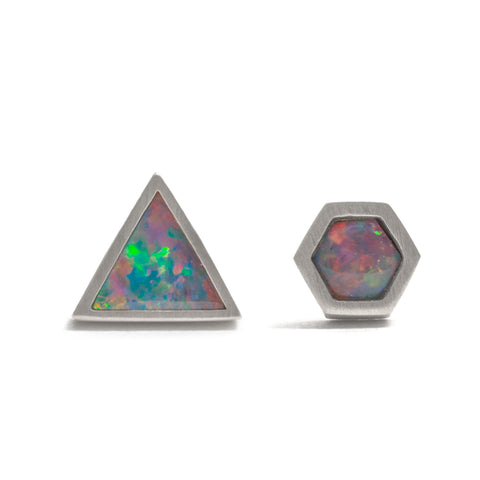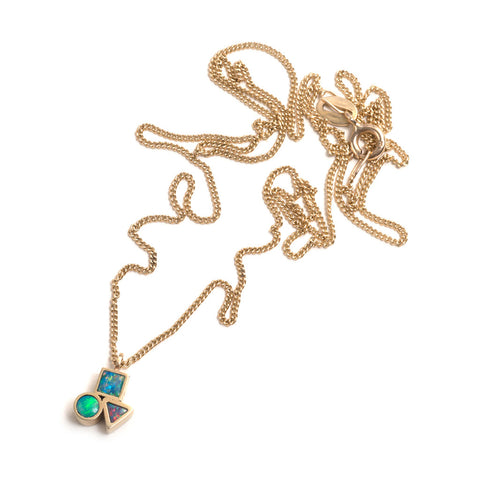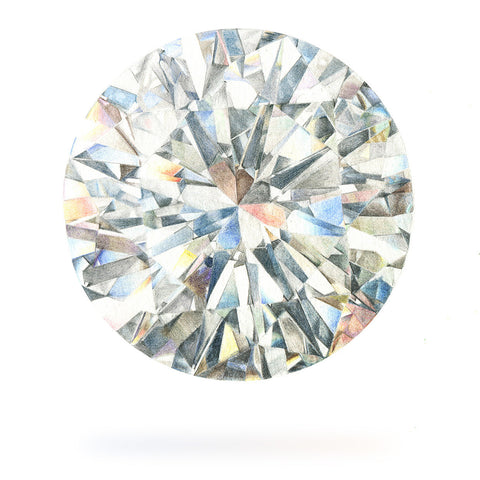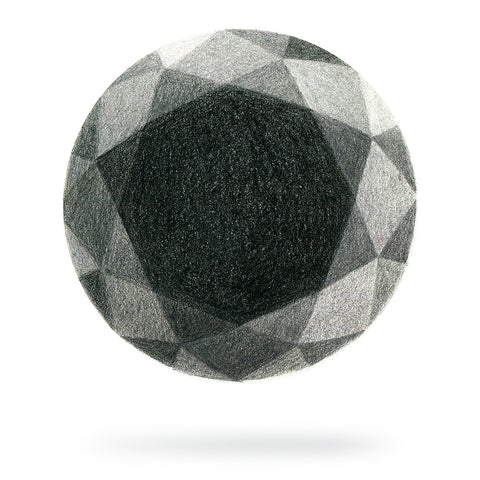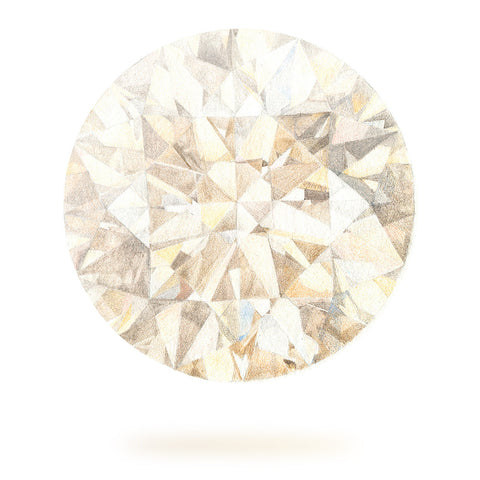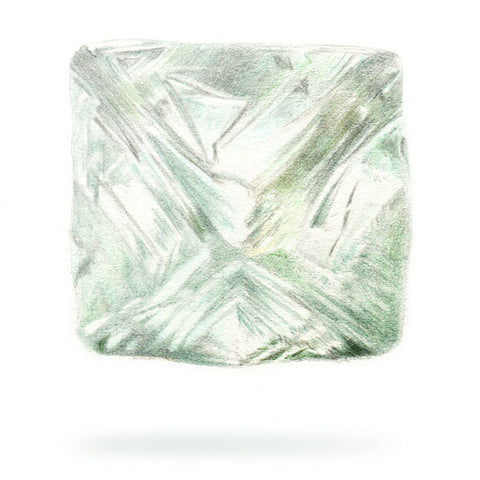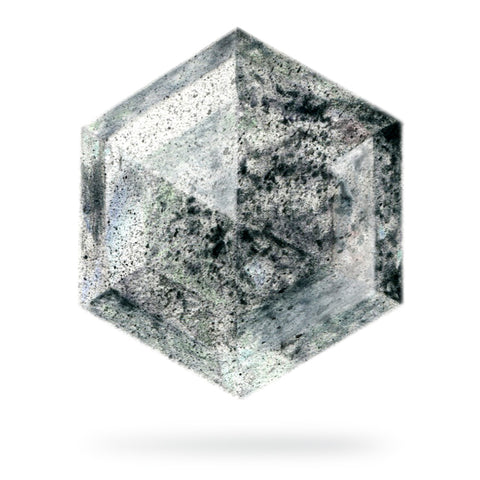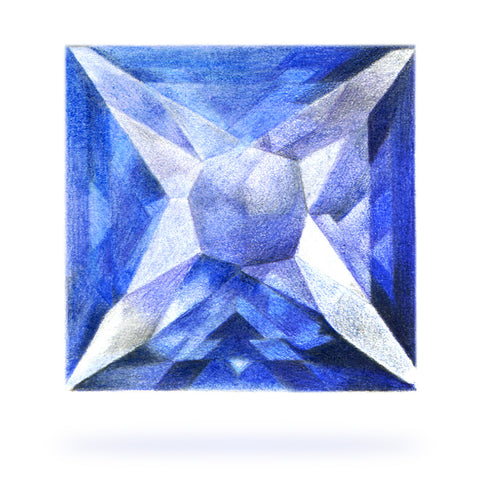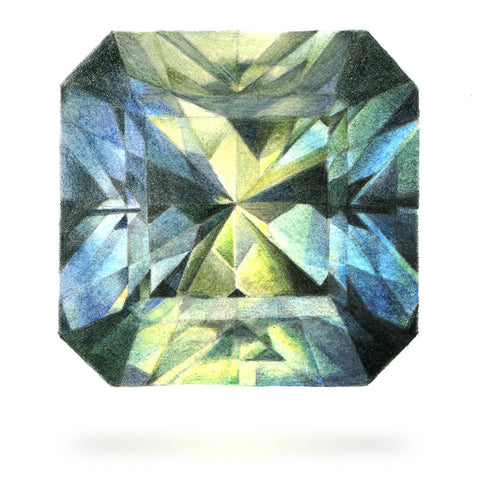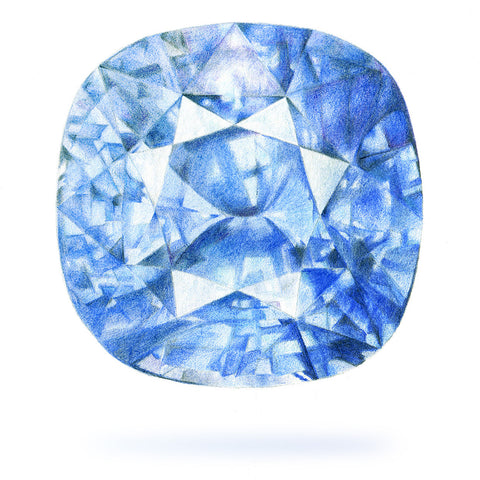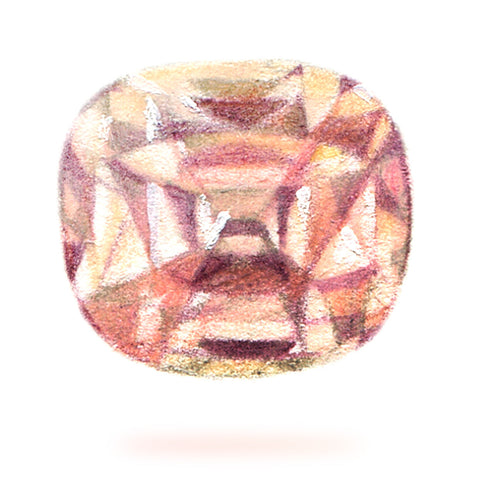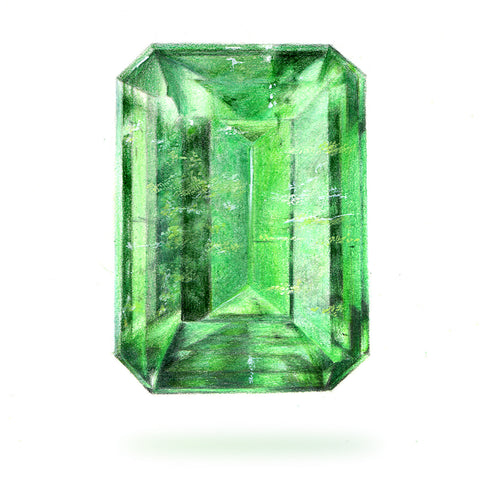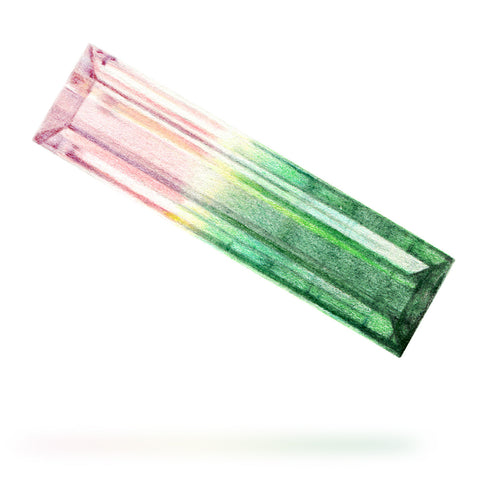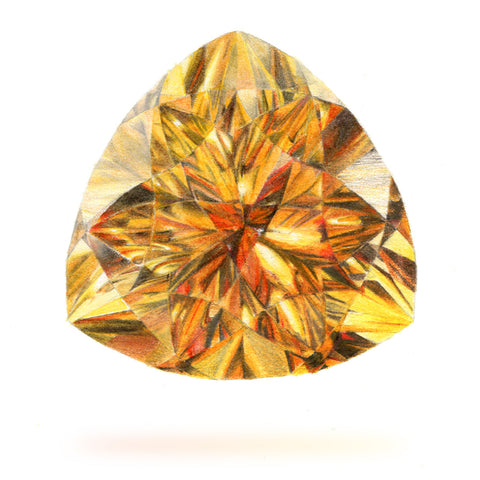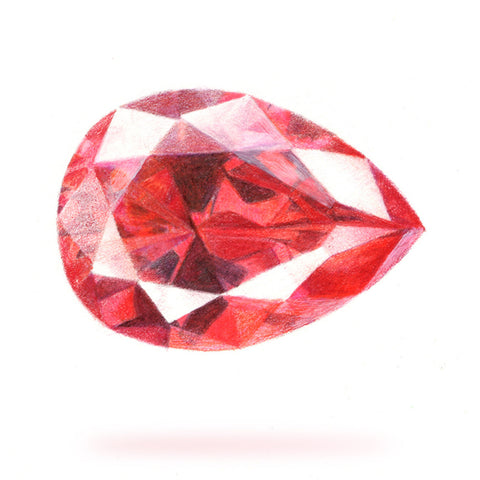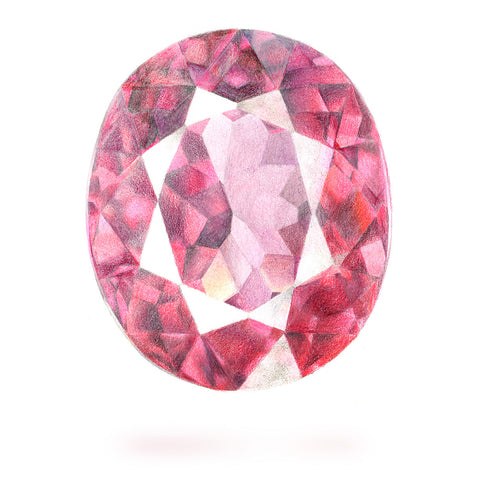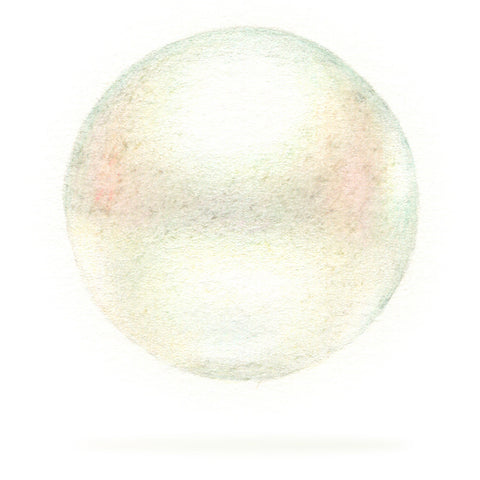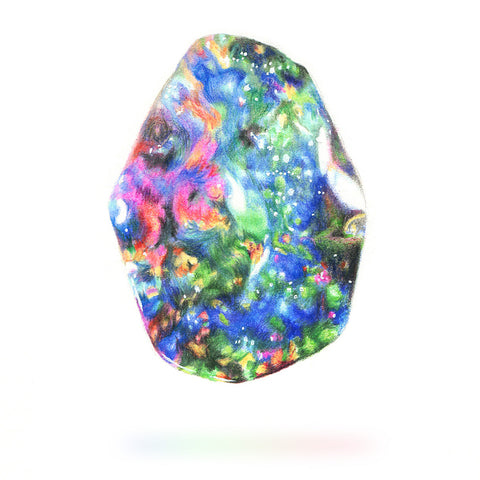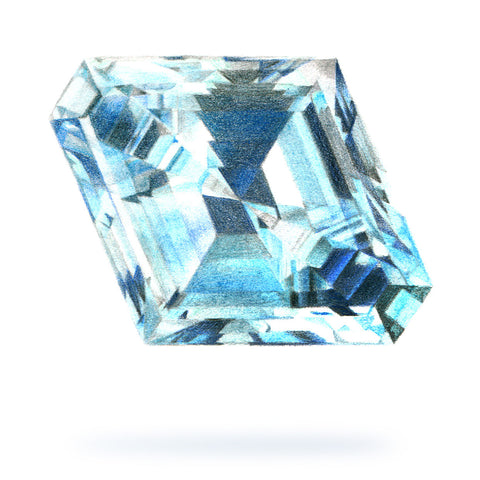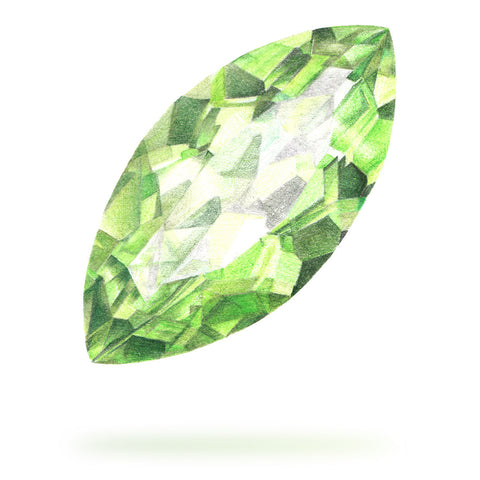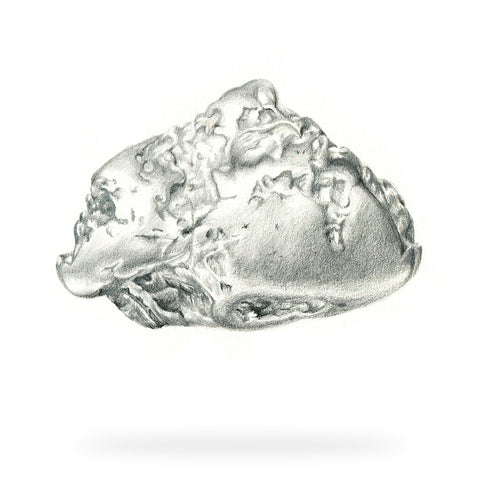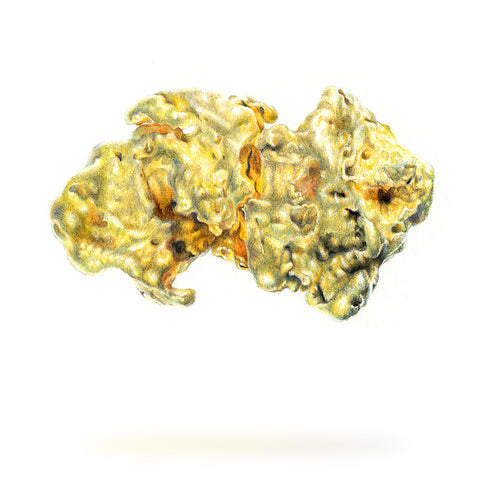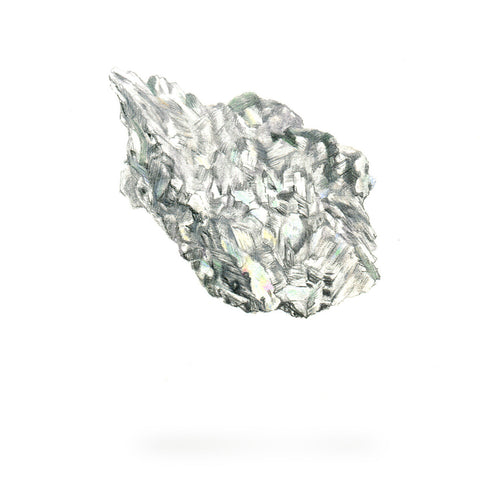Opal

Like looking into the cosmos, an opal can display dazzling arrays of colour and pattern that make it like no other gem. Comprised of microscopic stacked spheres of silica, light is diffracted into a vibrant array of colours, meaning no two opals are alike. Australia is the largest producer of high quality opal with 97% of the world’s supply coming from areas like Coober Pedy (white opal) and Lightning Ridge (black opal). It is believed that opal formation began during the early Cretaceous period when dinosaurs walked the earth, over 100 million years ago.
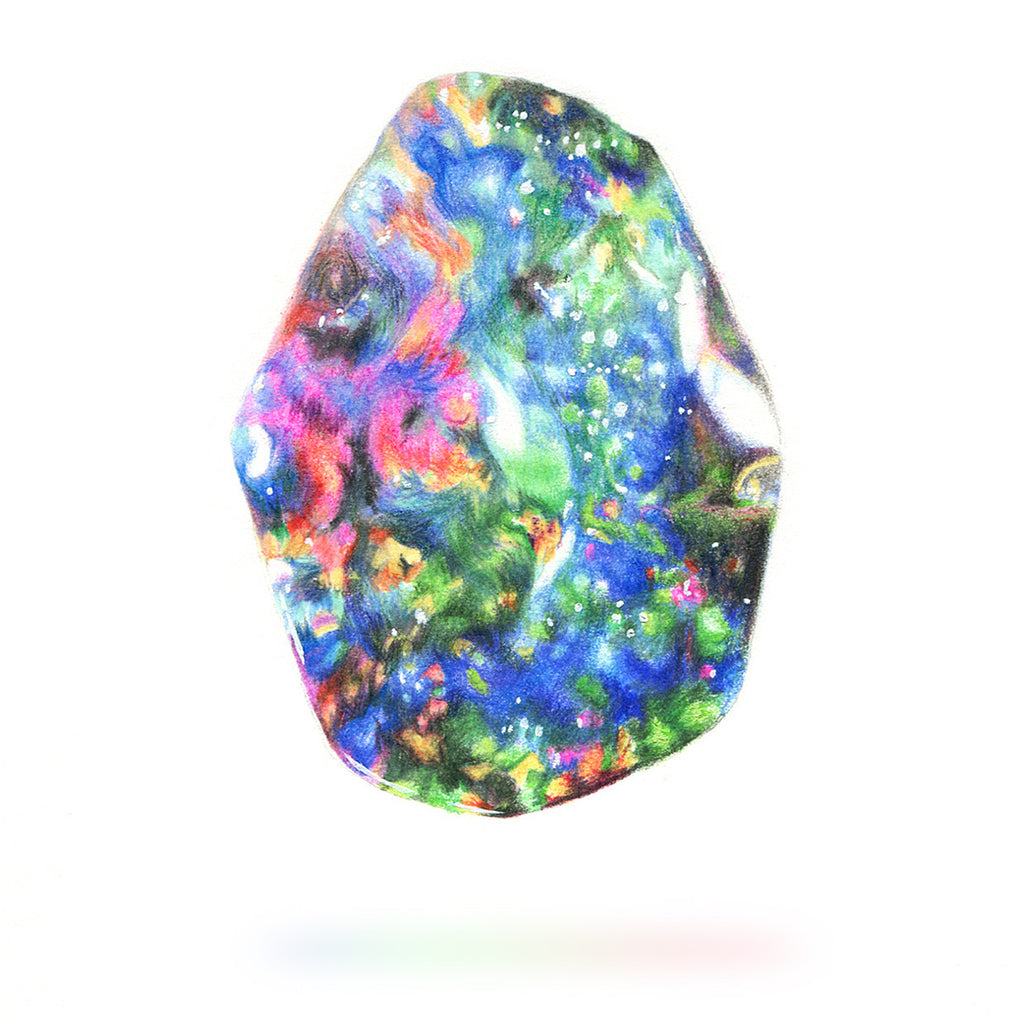
- Mineral/Hydrated Silica
- Colour/Many
- Moh's Hardness/5 - 6.5
- Birthstone/October
- Anniversary/14th
GRADING
Opals come in several forms, depending on their location. White opal comes predominantly from Coober Pedy in South Australia. Lightning Ridge, in New South Wales, produces the rarer and more valuable black opal, while boulder opal is found in areas of Queensland. Mexico is the producer of fire opal which is red and semi opaque or opaque, and Ethiopia produces jelly opal that is partly translucent. Various types of opal are also found in the United States.
Opal is comprised of hydrated silica and can have up to 20% water content. Australian opal is considered the finest as it is the oldest, thus it is the driest and most stable form of opal. It was formed some 100 to 97 million years ago when the centre of Australia was covered by an inland sea. It is usually cut to best maximise colour and often this means a freeform shape is maintained. Typically only the jelly opal is faceted while most opal is cabochon cut. Opal doublets and triplets are less expensive than solid opal and are made of a slice of solid opal laminated onto a stone base.
HISTORY
The word 'opal' was possibly derived from the Sanskrit word ‘upala’ which means precious stone. It was a stone highly valued by the ancient Romans who regarded it as a symbol of hope and purity, and wore it as a talisman for good luck. The Greeks believed opal had the capacity to bestow powers of foresight and prophecy upon its owner, while the Arabs thought the opal had been carried to earth by a bolt of lightning.
At various times in history, the opal has been connected to misfortune and the publishing of Sir Walter Scott's novel, Anne of Geierstein (1829), saw opal prices crash in Europe for decades. Opals were very rare until the 19th century and it is thought that when high quality opal was first discovered in Australia during the late 19th century, jealous diamond merchants and dealers spread word of opals bringing bad luck as they were threatened by the loss of trade.
Since then, opal has shaken off much of this unfair reputation and become a popular gem once more. We love that Australia is still producing the finest opal in the world as we firmly believe in supporting local industry. Our clients love the incredible colours an opal presents and the way it is also chameleon-like, changing as you move and rotate the stone. The unique way it can show all the colours of the rainbow makes it unlike any other gem!
CARE
Opals are suitable for jewellery but do need to be treated with care. They are vulnerable to scratch and chip when knocked. Opal is generally stable, but heat from intense light can cause fracture lines called “crazing.” High heat or sudden temperature changes can also cause opal to fracture. Opal is attacked by hydrofluoric acid and caustic alkaline solutions.
Clean your opals with a soft cloth and warm soapy water if necessary. Avoid any chemicals and if you are gentle, they will reward you (and those who may inherit your jewels) with many years of enjoyment.




